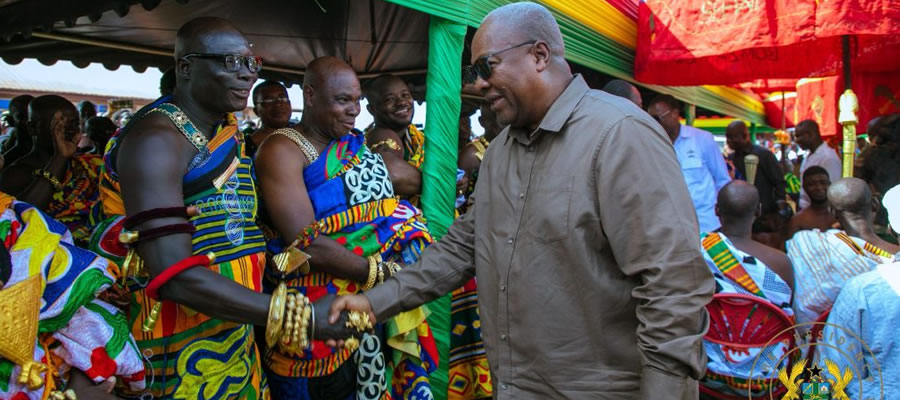

Introduction
Aspects of economic activities in the district that are analyzed are occupation, employment status and employment sectors by age and sex.
Economic Activity Status
Economic activity status highlights economically active and economically not active persons in the population. A person is economically active if he worked for pay or profit or family gain within the 7 days preceeding the census night. If he did not work but had jobs to return to (on leave) and also if he was unemployed.
Persons who did not work and were not looking for work are classified as economically not active. These include home makers, full time students, pensioners, persons with disability, persons who are too sick to work and the aged.
Economic Activity Status and Sex
Table 4.1 and figure 4.1 show the distribution of the population 15 years and older by economic status and sex. About 83.1 percent of Juaboso work force is economically active and 16.9 percent are economically not active. About 98.8 percent of the economically active population are employed and remaining 1.2 percent are unemployed.
About 53.2 percent of the economically active population are males and the remaining 46.8 percent are females. Among the economically not active population, 59.3 are female and the remaining 40.7 percent are male. Among the male population 15 years and older, 86.5 percent are economically active compared with 79.5 percent among the female population. The economically not active males are 13.5 percent compared with 20.5 percent of the female counterparts. Slightly higher proportion of the male economically active population is employed (99.1%) than their female counterparts (98.4%).
More than half of the economically not active population (52.4%) is in full time education, 29.0 percent are engaged in home duties and 6.7 percent are disabled/too sick to work. The proportion in full time education is higher among males (67.6%) than among females (42.0%). Those engaged in home duties are 38.5 percent among females compared with 15.2 percent among males.
Economic activity status by age and sex
Table 4.2 shows the distribution of the population in the district 15 years and older by economic activity status, age and sex in year 2010. The proportion of persons employed in the age groups increases steadily from 49.9 percent among the 15-19 years age group to 96.8 percent among the 45-49 years age group and declines as age increases to 72.2 percent among the 65+ years age group. The proportion of males employed in the respective age groups also increases as age increases from 52.0 percent among the 15-19 years age group to 98.3 percent among the 40-44 years age group and declines as age increases to 80.6 percent among the 65+ years age group. Among females, the trend in proportions employed is from 47.8 percent among the 15-19 years age group to 95.3 percent among the 45-49 years age group and declines as age increases to 63.4 percent among the 65+ years age group.
The proportions of the economically not active population among the age groups decline from 49.3 percent among the 15-19 years age group to 2.8 percent among the 45-49 years age group and increases as age increases to 27.7 percent among the 65+ years age group. The trends among the male and female populations who are economically not active are similar to the district trend, howbeit different proportions.
Occupation
Occupation is the specific economic activity that a person is engaged in to earn a living in cash or in kind. Table 4.3 shows the occupations of the population in the district in 2010.
About 76.2 percent are in skilled agricultural, forestry and fishing occupations, 8.5 percent are in service and sales occupations, 5.7 percent are in craft and related trades occupations and the remaining 9.6 percent are in other occupations. The male population has 79.5 percent in the skilled agricultural forestry and fishery occupations compared to 72.4 percent of the female counterparts. Relatively high proportions of females are in service and sales occupations (14.7%), craft and related trades occupations (6.7%) and managers (0.8%) compared with their male counterparts in those occupations (3.0%, 4.8% and 0.6%, respectively). In other occupations, the proportions of male are relatively higher those of their female counterparts.
Generally, higher proportions of employed males than females are in occupations that require special skills and training such as professionals, technicians and associate professionals and plant machine operators and assemblers.
Date Created : 11/20/2017 5:49:11 AM











 facebook
facebook
 twitter
twitter
 Youtube
Youtube
 +233 593 831 280
+233 593 831 280 0800 430 430
0800 430 430 GPS: GE-231-4383
GPS: GE-231-4383 info@ghanadistricts.com
info@ghanadistricts.com Box GP1044, Accra, Ghana
Box GP1044, Accra, Ghana